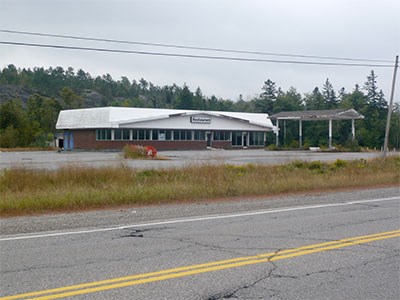Sudbury is being lauded for its efforts to reclaim brownfield sites across the city, and in the process is attracting new interest in development for sites that have otherwise been overlooked.
In January, the city received a Sustainable Communities Award from the Federation of Canadian Municipalities (FCM) for its brownfield strategy and community improvement plan, Reclaiming Our Urban Places. The FCM awards, given to 12 municipalities across Canada, recognize innovation and excellence in sustainable local development.
Created over a three-year period, Sudbury’s brownfield strategy offers incentives to developers who are interested in repurposing vacated properties that were previously used for commercial or industrial purposes, but hold back because of financial barriers tied to the remediation, reuse and development of the properties.
“It’s been really positively received, and so we have a lot of interest from the development community now that this program is in place,” said Jason Ferrigan, a senior planner with Sudbury, of the plan. “What you’re seeing is the development industry, because of the program, taking another look at these properties, which haven’t been looked at in a long time.”
Based on the geography of the city, the strategy applies to the downtown, town centres, mixed use corridors, and living area designations.
When developing the strategy, Ferrigan said, development professionals agreed that certain major barriers were holding them back from looking at brownfields.
Absentee ownership made it difficult to track down property owners; real or perceived contamination of a property deterred interest; provincial regulations made the process expensive; and there was a lack of awareness within the broader community about brownfield reclamation.
In response, the city developed a four-part strategy tailored to those issues. To combat absentee ownership, the city enacted a new tax-sale procedure that outlines the steps the city can take to recover losses once a property goes into tax arrears.
To assist with the cost of remediation, the city offers four financial incentive programs: tax deferrals, landfill tipping fee rebates, planning and building permit fee rebates, and tax increment equivalent grants. Properties have to meet certain criteria to qualify for the incentives, which apply at different points during the development cycle.
And, there is an ongoing marketing strategy to attract interest and increase community awareness of the issue.
Sudbury has about 80 brownfield sites spread throughout the community, so the impact isn’t insignificant.
“These sites will be redeveloped one at a time, over a period of five to 10 years,” Ferrigan said. “We won’t see change happen overnight, but we’ll see change happen on individual sites as those decisions are made to bring them back on-stream to the development cycle.”
The city received its first application under the program last year—the conversion of a former industry property to residential property, what Ferrigan calls a “classic” example of a brownfield—and it will come to council soon for approval. Other developers have indicated their interest as well.
“We’re seeing activity beginning to solidify on two other sites, and now we’re working out the program details with potential applicants to see how the program would fit on their property,” Ferrigan said. “Hopefully those will be positive discussions at the end of the day, and we’ll have at least two more applications under the brownfield program at the end of this year.”
Ferrigan said that, during the city’s Brownfield Symposium in 2009, it was noted that developers seek out proactive communities actively trying to attract investment by offering incentives like the ones offered in Sudbury. He believes the brownfield strategy and community improvement plan helps position Sudbury to be competitive in this field.




